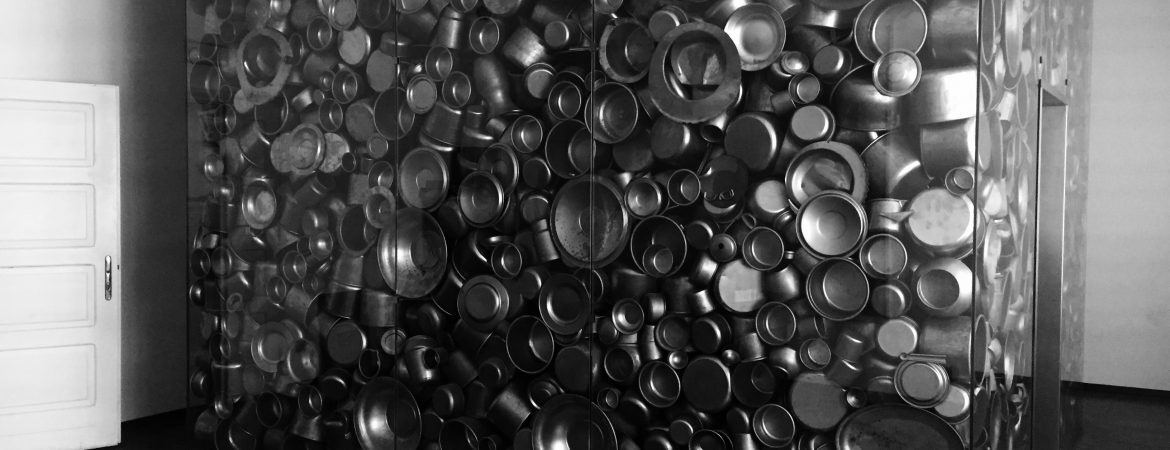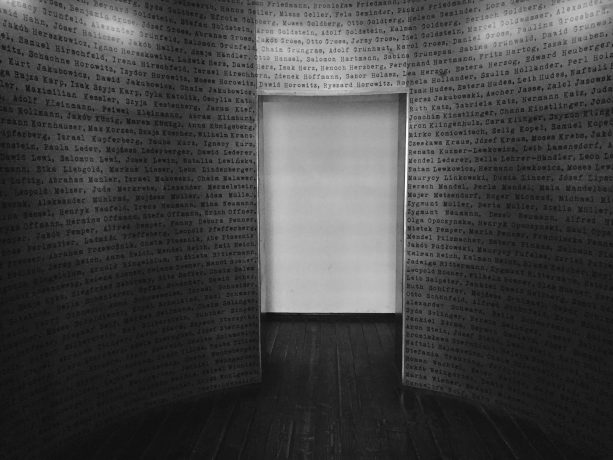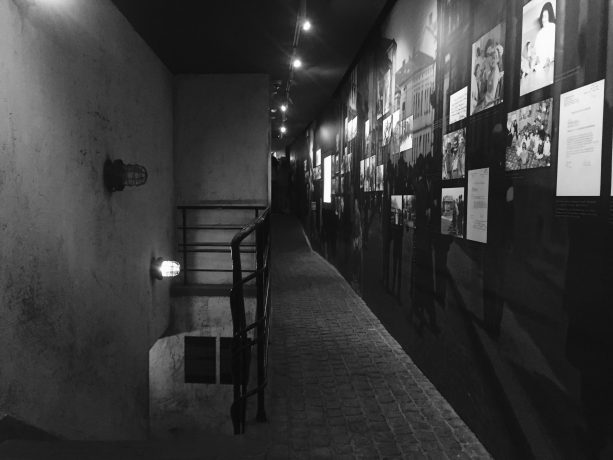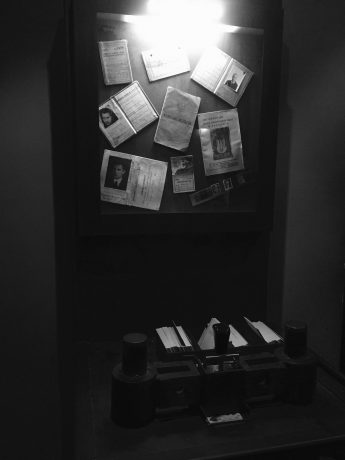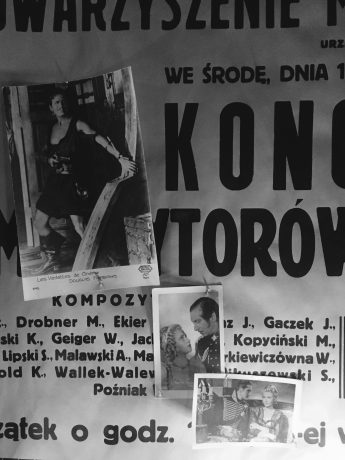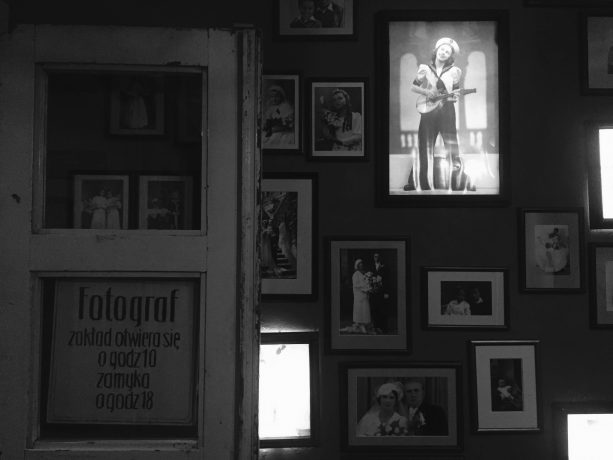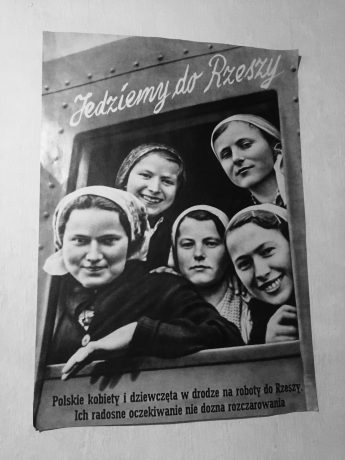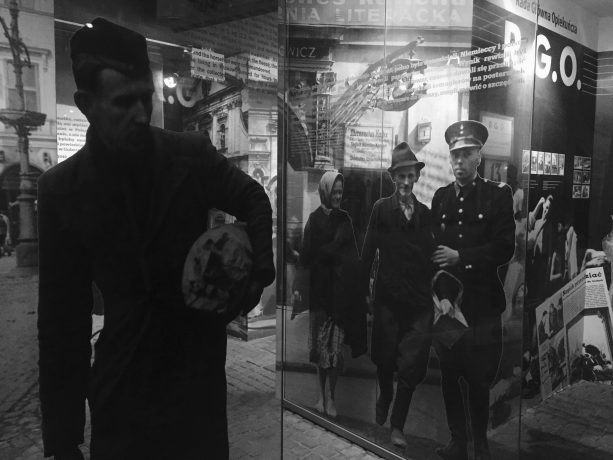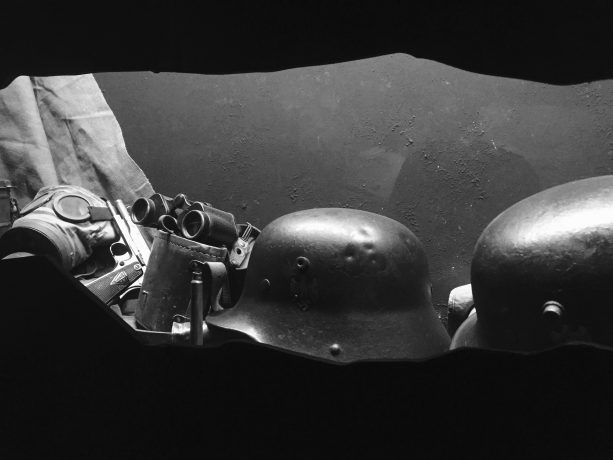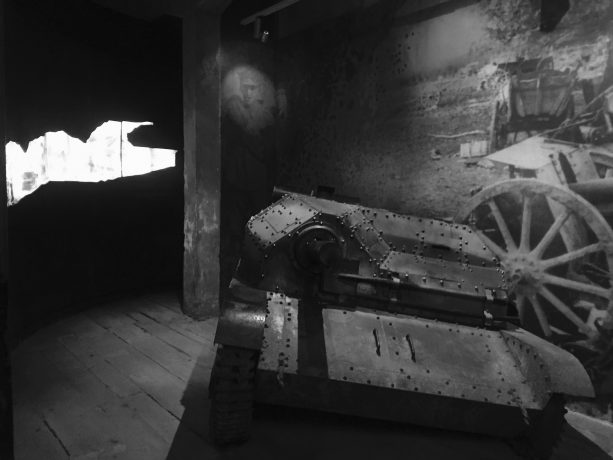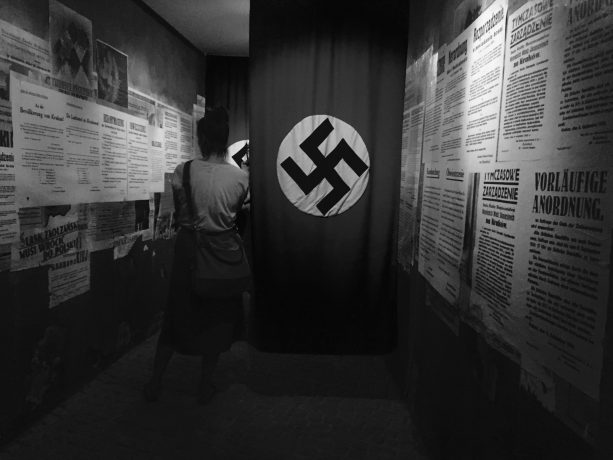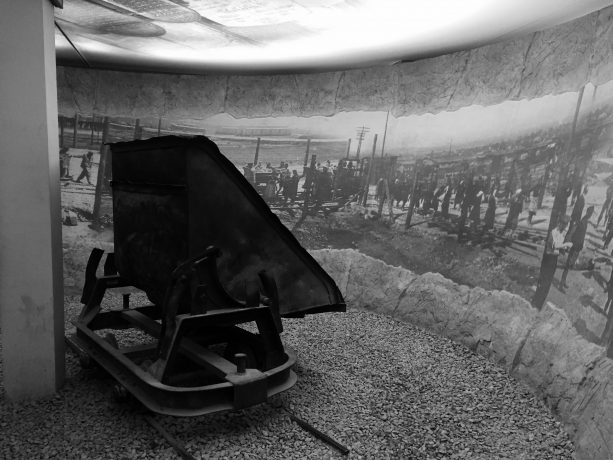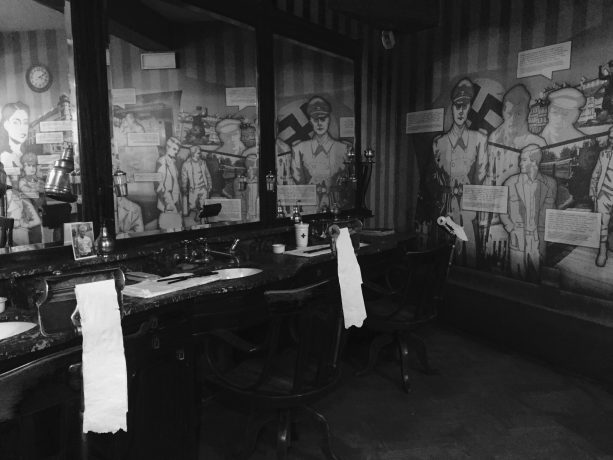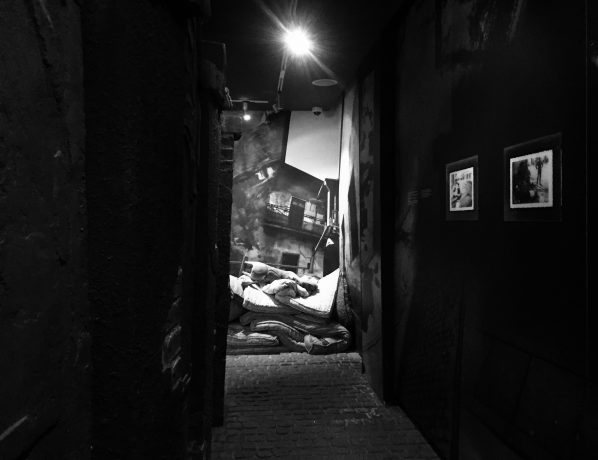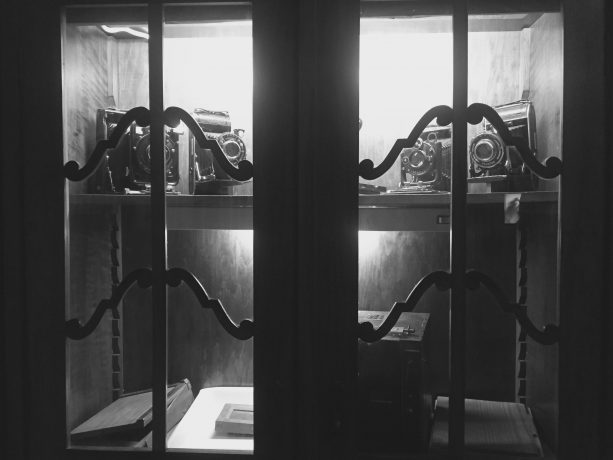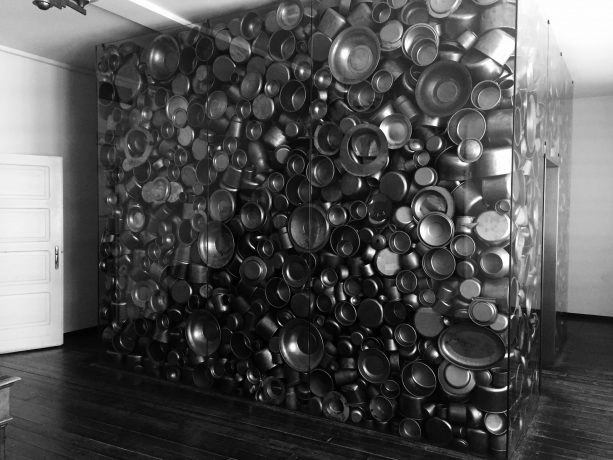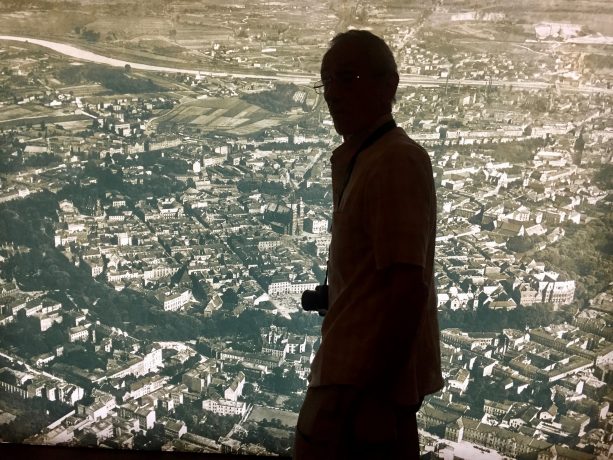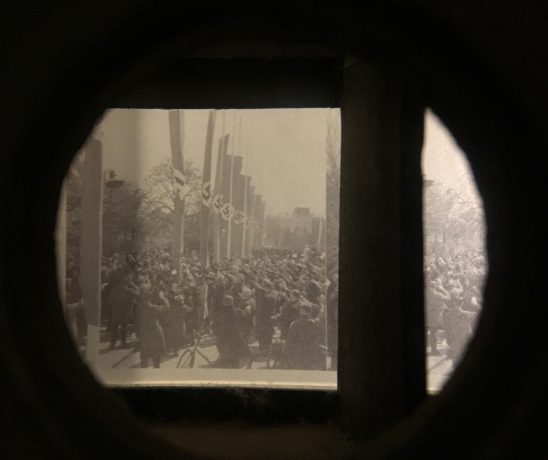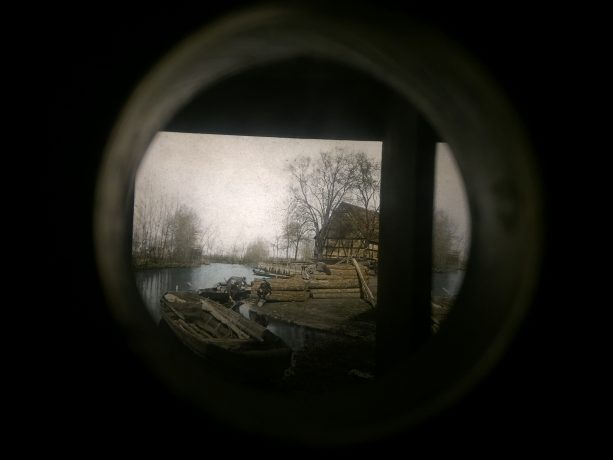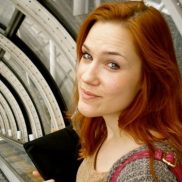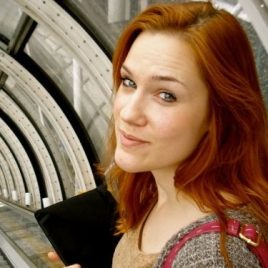Kazimierz is called the Jewish District. We already visited this part of Kraków while exploring MOCAK - a museum of contemporary art, as it was created in the area of the former Oskar Schindler’s famous factory. However, this time we decided to properly explore Schindler’s Museum itself, as it’s absolutely worth visiting. The museum's location is a place that was heavily laden during the Second World War. Its story was told by the great filmmaker Steven Spielberg, and a place became a proud testimony for the future generations: Oskar Schindler's factory. Schindler’s Museum is already an extremely popular stop for people visiting Krakow and sometimes you need to wait in the line to enter the exhibitions.
It all began in 1937 with three Jewish entrepreneurs: Michael Gutman, Israel Kohn and Wolf Luzer Glajtman. They are responsible for opening the first Lesser District Factory of Enameled Dishes and Tin Products called „Record.” Until 1939, the company delt with many financial challenges and finally announced bankruptcy. Along with German troops entering Krakow in September 1939, Oskar Schindler also arrived in the city. Soon, he leased all the buildings of the old „Record” factory and changed its name to Deutsche Emailwarenfabrik – DEF. Legally, he became the owner of the whole business in 1942. The factory started operating based on the technology used before the war, though it got an extra department of military production. At the beginning, there were a majority of Poles among the employees, but soon they were moved to certain administrative positions and workers were recruited from the Jewish ghetto. Originally only 100, the number of Jewish workers increased to 1100 in 1944. After the liquidation of the ghetto in 1943, Schindler managed to get permission to create a sub-camp, under the camp Płaszów, where all his Jewish employees found shelter. In that sub-camp, the food portions and medical care were slightly better than in the main camp. When the Eastern Front was approaching Kraków, Schindler evacuated all his employees to the factory in the Czech Republic, which was a part of the concentration camp in Gross-Rosen.
American director Steven Spielberg reminded the world of Schindler and his actions. Shooting the movie in Kraków with half of the crew being Polish, he made a globally awarded film that was widely acclaimed by the public. The role of the German who turned into the rescuer of the Jews was given to Liam Neeson.
The journey around Schindler’s Museum starts in the arranged Photographic Studio. We are moving back in time to Kraków from just before the outbreak of Second World War. Kraków was quickly developing both entrepreneurially and academically; there were more and more buildings created to serve the public. Kraków's population was increasing by about 5000 citizens each year, and one fourth of all inhabitants were Jews. Krakow was to enter the 40s with great plans and a bright future.
The permanent exhibition is called „Kraków - the time of occupation 1939-1945” and not only tells the story of Kraków and its Polish and Jewish inhabitants, but also of the occupant Germans that brutally entered the city on September 6, 1939. The display presents the tragedy through historical facts and examples of the everyday reality of life in Kraków during the War. The stories are not only told through archives featuring photographs, films and objects, but also by the real witnesses of those events. Visitors will walk through „the city” and, as it was mentioned earlier, it begins with the Photographic Studio. Then, as they walk down the cobbled streets (everything is perfectly replicated) and towards the center, they can see an original panorama of Krakow. Here, visitors can also look at the photographs of Kraków and Europe from the late 30s and early 40s. If you look up, on the ceiling is a map of the city from back then. On the same floor there is a large screening room where a documentary film is shown based on the stories told by the survivors. You feel like you are at the cinema!
Everything seems very real as you follow the narrow corridors imitating life in the ghetto. Visitors can enter the tiny holes that once were Jews’ homes. The way out of the ghetto replica leads straight into the copy of the Płaszów camp. The exhibition ends with the sculpture installation called „The room of choices” which refers to the ethical and moral dilemmas that people had to face during the War.
Overall, visitors are going back in time thanks to the forty five displays portraying the past of Krakow, though at some point they focus mainly on Oskar Schindler’s history. You cannot help but feel the terror of the War while you truly touch the history there. The interactive side of the exhibition only intensifies the feelings. You leave the museum exhausted, but enriched with the confrontation of the past.
Schindler’s Museum also boasts a pretty good educational programme. There are several workshops that the teachers can choose from, such as: „Who becomes a Hero?” (based on the character of Oskar Schindler), „Kroke, the Jewish Kraków” (analysis of the Jewish history in Kraków before the War), „Kraków as the Capital of General Governorship” (which explains the history of Germans taking over the city and making it their capital), „Home Army Fights!” and „The Architecture of Kraków during the occupation and the symbols of totalitarianism.” The workshops usually last 90 minutes and it’s recommended to book them at least two months in advance.
The „Memory Factory” (as the Enamel Factory is now known as) Schindler’s Museum is a part of the Historical Museum of Krakow. While you’re in the neighborhood or simply visiting MOCAK for the thrill of contemporary art, we do recommend you to stop by the Schindler’s Museum. What you experience there is unforgettable and visitors can share their testimony with others. A great spot on the Kraków Museum map!
